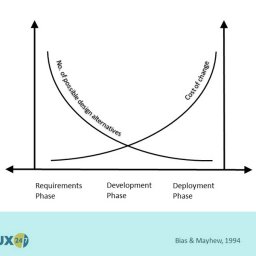
Last month, we completed discovery research in the Chinese market for one of our global clients. Typically, our clients are trying to understand more about the cultural differences between Chinese users and those in western markets. The reason they are considering China has a material impact on the type of research we do for them.
For most retailers, we find they have noticed Chinese buyers on their websites. Some Chinese consumers are willing to buy from international websites, even if they are not translated. In research we have found that quite often these people don’t speak or read English and that they are simply relying the visual queues provided by the website design and learned behaviour.
The retailers interest is to understand how Chinese consumers buy online so they can plan for the future. This normally means we are running research that looks at how Chinese consumers discover brands, what platforms they use, how Weibo, TMall and other Chinese specific platforms fit in to their daily eCommerce lives, together with observation about how they use the retailer website in question.
It means we are delivering a slightly odd mix of evaluative research with some discovery thrown in. It is enormously valuable and important to get it right as key decisions about market entry and likely to be made using the evidence gathered. Frequently, this type of research doesn’t even go ahead if the client team can’t attend the research as they want to be immersed in the country and culture.
Discovery research in China
The recent project falls into the other category. That is of a brand planning for entry into the Chinese market, not reacting to a noticeable rise in sales from the region. Because of this the research approach is pure discovery, designed to understand the landscape of behaviour, the unknown needs that are specific to a Chinese audience.
We used a remote research approach for this project, but this wasn’t driven by Covid-19. Our client is expanding into multiple markets and so they don’t have time to attend research sessions all over the world. We provide simultaneous translation if they need it and video recording of all sessions in any case, but in most cases they trust that we are doing our job and delivering the insight back to them.
UX Research sessions were run using Zoom, which works in China, and is simple enough to use that it is our technology of choice for most markets. A structured interview was carried out using a discussion guide created to meet the clients objectives.
The biggest difference in China can be in getting the participant to provide informed consent in writing – even Chinese writing. Participants can be nervous about handing over their details, particularly if they are discussing western technology. They are worried about whether they will get into trouble so if you plan research in China you may need to use a different method for gaining consent.
If you would like to know more about conducting research in China, please get in contact on +44(0)800 024624 or email us at hello@ux247.com.

















